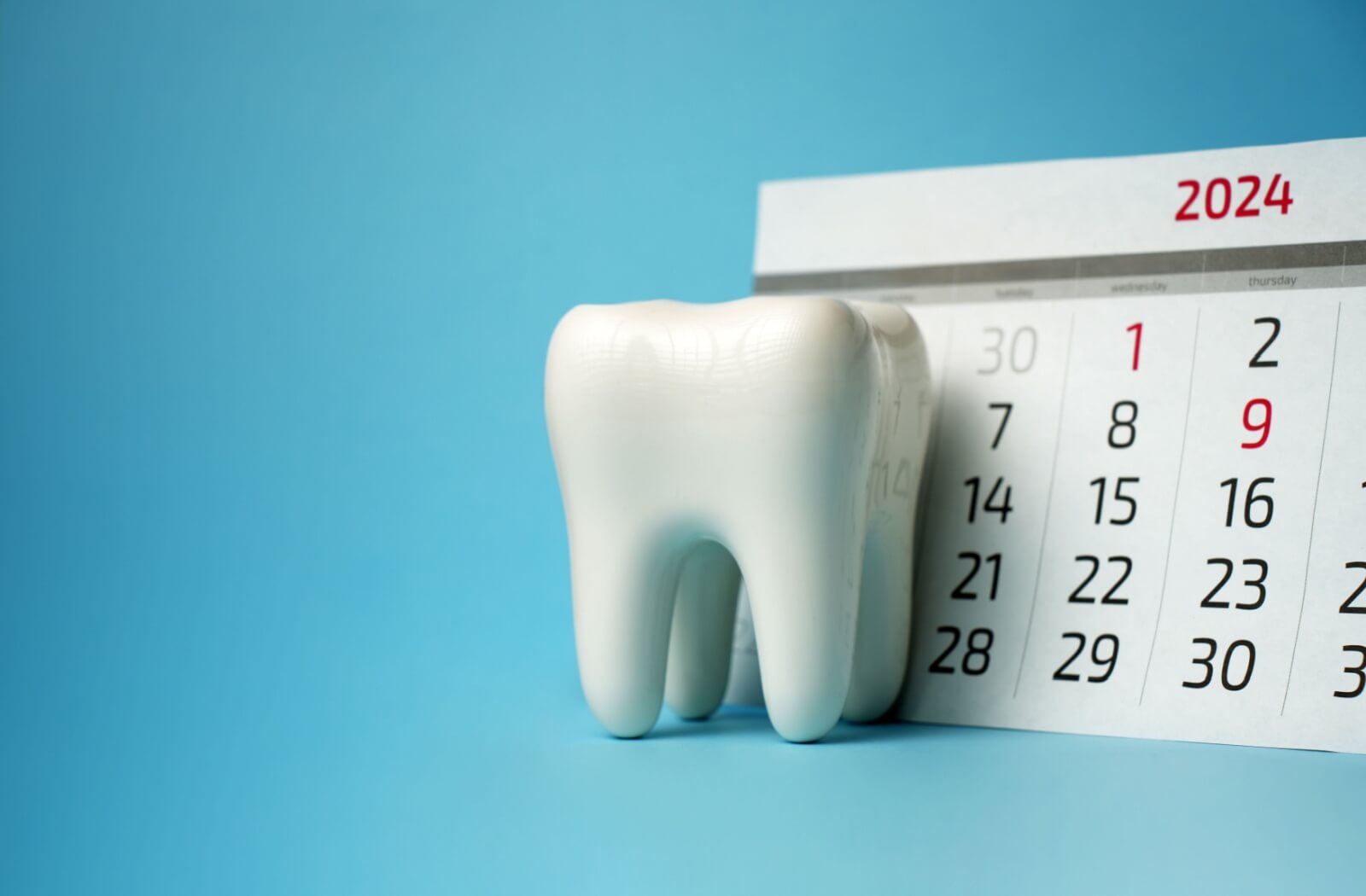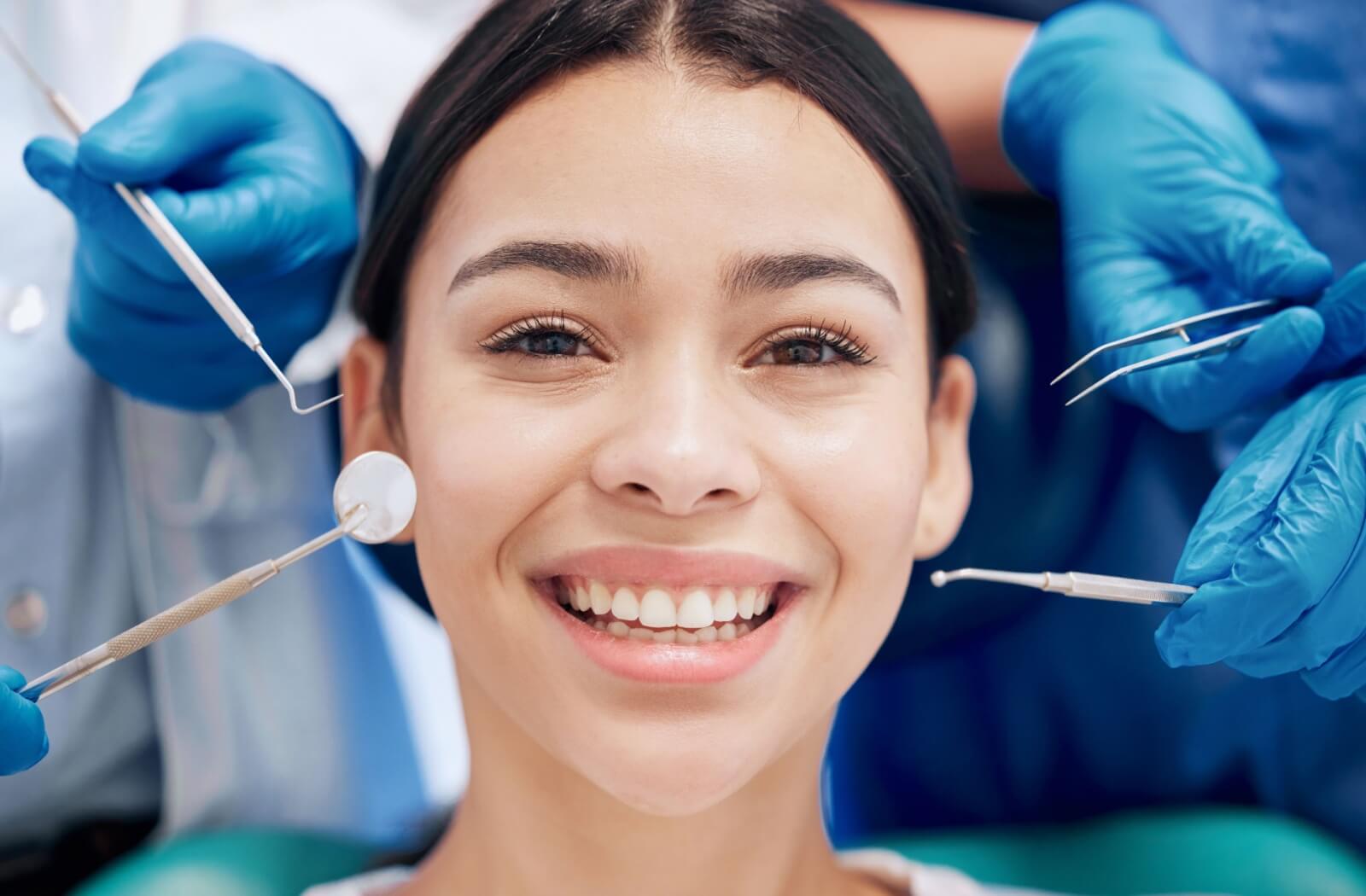How Long Is a Dental Cleaning?

Maintaining a healthy smile is essential, and dental cleanings are a big part of that routine. But have you ever wondered how long a typical dental cleaning takes? Whether you’re busy planning your day or simply curious about what goes into the process, understanding the time commitment can help you feel more prepared for your next visit.
On average, a dental cleaning can take 60 to 90 minutes, depending on your oral health and whether other services—such as a dental exam or X-rays—are included in the same appointment. To help you feel more confident and knowledgeable, we’ll walk you through everything you can expect during a dental cleaning.
Why Do Dental Cleanings Take 60 to 90 Minutes?
A dental cleaning isn’t just about making sure your teeth feel smooth and shiny—it’s about maintaining optimal oral health. The time required for a professional cleaning can depend on several factors, including how often you visit the dentist and whether you may need additional procedures like X-rays or a dental exam.
For those diligent with their at-home oral care routine, a cleaning may take closer to 60 minutes. However, if it has been a while since your last visit or if additional services are required, your appointment may extend to 90 minutes.
Your dental care team can provide an accurate time estimate when booking based on your specific needs.
What to Expect During a Dental Cleaning
Dental cleanings are tailored to your unique oral health, but the process generally includes the following steps.

Step 1: Dental Exam
Often, your visit begins with a dental exam conducted by your dentist. During this evaluation, your dentist will inspect for cavities, early signs of gum disease, damaged teeth, oral cancer, or other abnormalities. Depending on the situation, your dentist may perform their exam before or after cleaning.
Step 2: Scaling
Next, your dental hygienist uses a scaler to gently remove plaque and tartar buildup from your teeth and below your gum line. Even with excellent brushing and flossing habits at home, some tartar can develop and require professional removal.
This step is crucial for preventing future issues like gum disease and cavities.
Step 3: Flossing
Once the tartar is removed, your hygienist will floss your teeth to remove any remaining debris between them. If you’re unsure about your flossing technique at home, this is the perfect opportunity to ask for tips or demonstrations.
Step 4: Polishing & Fluoride Treatment
To complete the cleaning, your teeth are polished with a special electric toothbrush and a gritty paste that helps smooth the enamel. Then, your hygienist may apply a fluoride treatment to strengthen your teeth and protect against cavities.
This final step gives your teeth a fresh, clean feeling while adding an extra defense against decay.
Optional Add-on Services
X-Rays
Depending on your oral health history and your dentist’s recommendation, X-rays may be taken during the appointment. Rest assured that dental X-rays are safe, emit minimal radiation and adhere to strict safety guidelines. X-rays help your dentist detect issues like cavities or abscesses that aren’t visible during the exam.
Additional Exams
Your dentist may conduct further diagnostics, such as assessing previous dental work or addressing specific concerns.
Preparing for Your Dental Cleaning
There’s no substitute for professional cleanings, but a consistent at-home oral care routine can help reduce the length of your appointment and minimize additional treatments. Here are some tips to prepare and maintain healthy teeth between visits:
- Brush Twice Daily. Thorough brushing helps remove plaque before it hardens into tartar. For best results, use a soft-bristled toothbrush and fluoride toothpaste.
- Floss Daily: Flossing gets to the spaces your toothbrush can’t reach, preventing plaque buildup between your teeth.
- Use Mouthwash: Adding a fluoridated mouthwash to your routine can provide extra cavity protection, though it should never replace brushing and flossing.
- Attend Regular Checkups: Schedule professional cleanings and exams every 6 months or as your dentist recommends.
Don’t Delay Regular Dental Visits
Life gets busy, and sometimes, dental appointments are put on the back burner. Many people avoid visiting the dentist due to dental anxiety, but postponing cleanings can lead to more serious oral health problems over time.
If you’ve been putting off your next appointment, we’re here to help. We also offer modern approaches, such as needle-free and drill-free dentistry, to ensure a stress-free experience for every patient.
Your Smile Deserves the Best Care
A dental cleaning is an essential step toward maintaining a healthy smile. At Wing Dental, our professional, courteous, and caring team is committed to treating every patient with the level of attention and respect we’d expect for ourselves. It’s part of what we call “The Wing Dental Way.”
If it’s time for your next cleaning, don’t wait—book an appointment today. We’re here to take care of you, every step of the way.